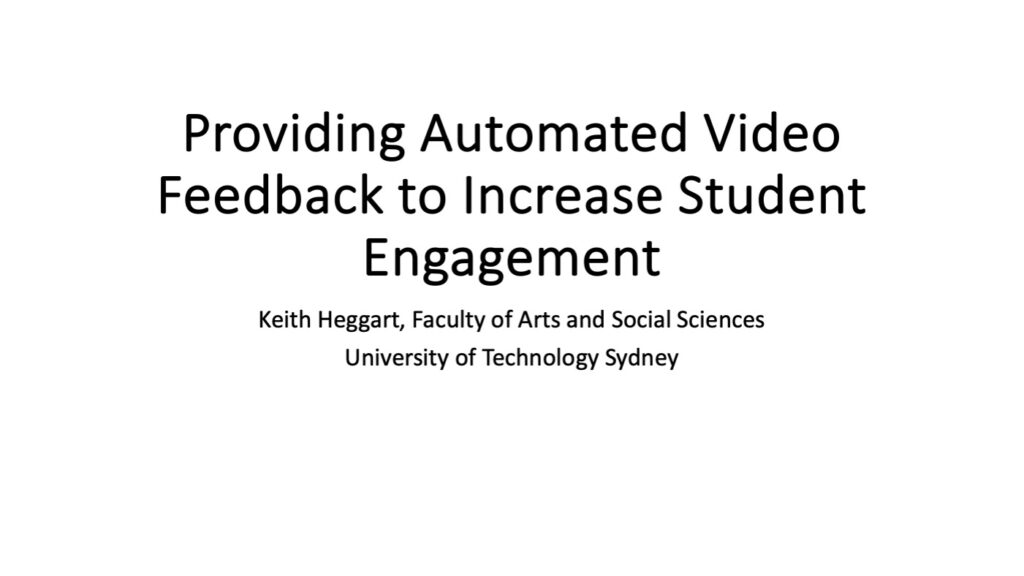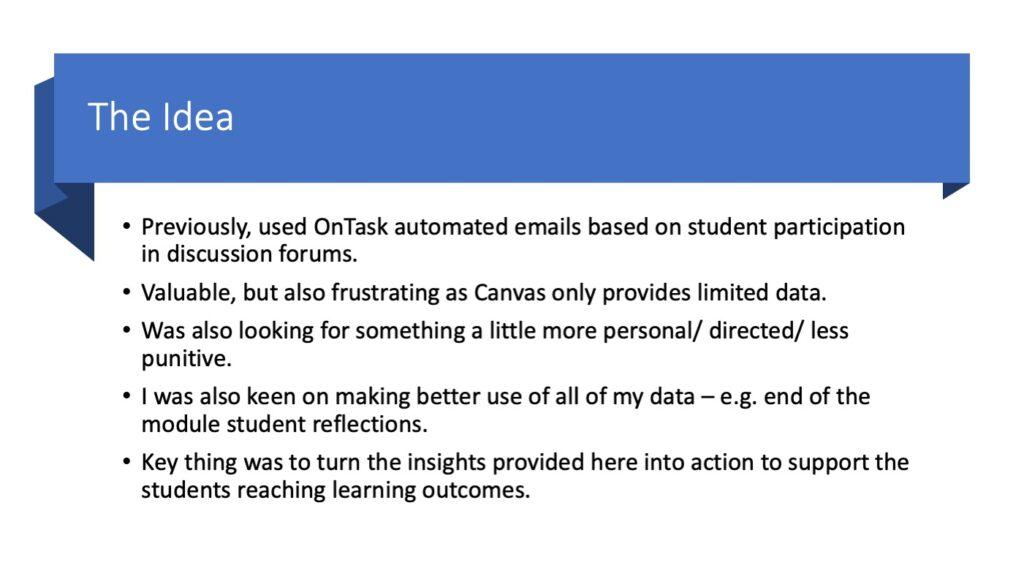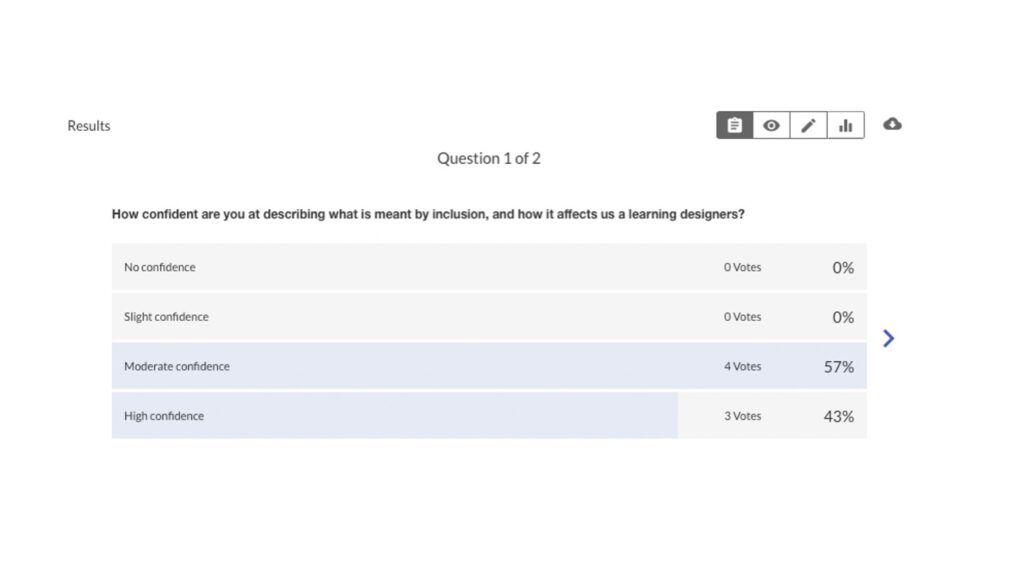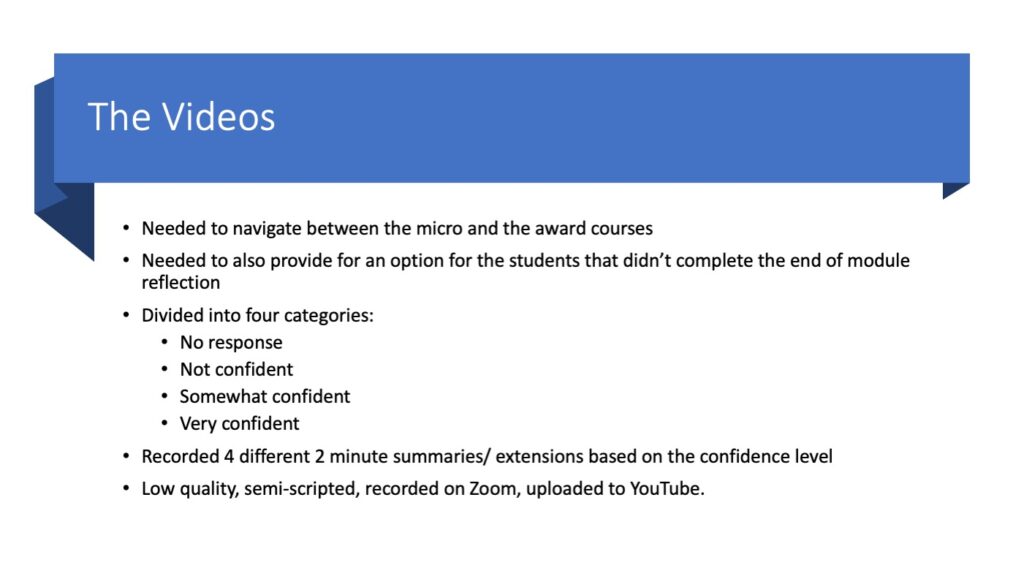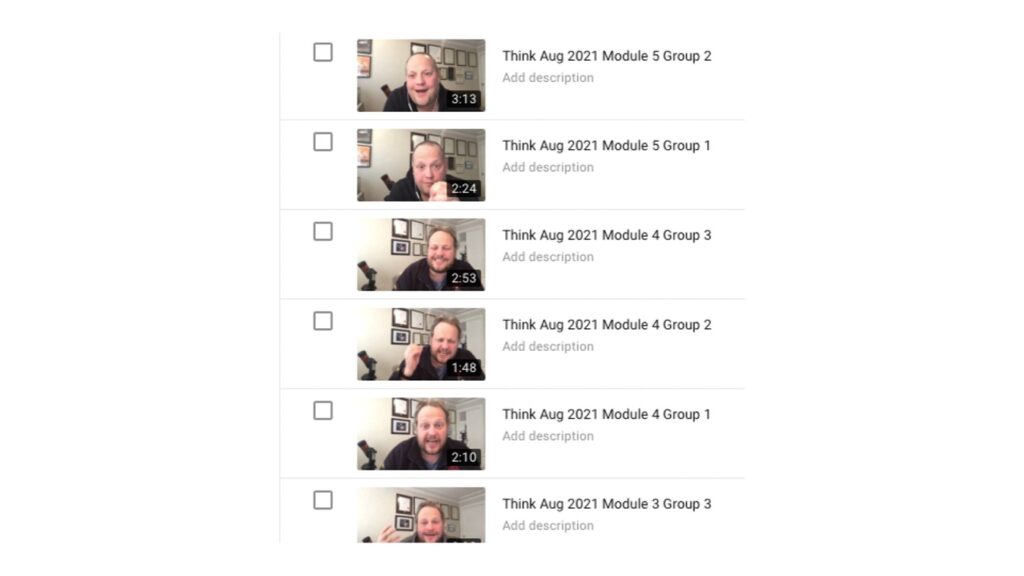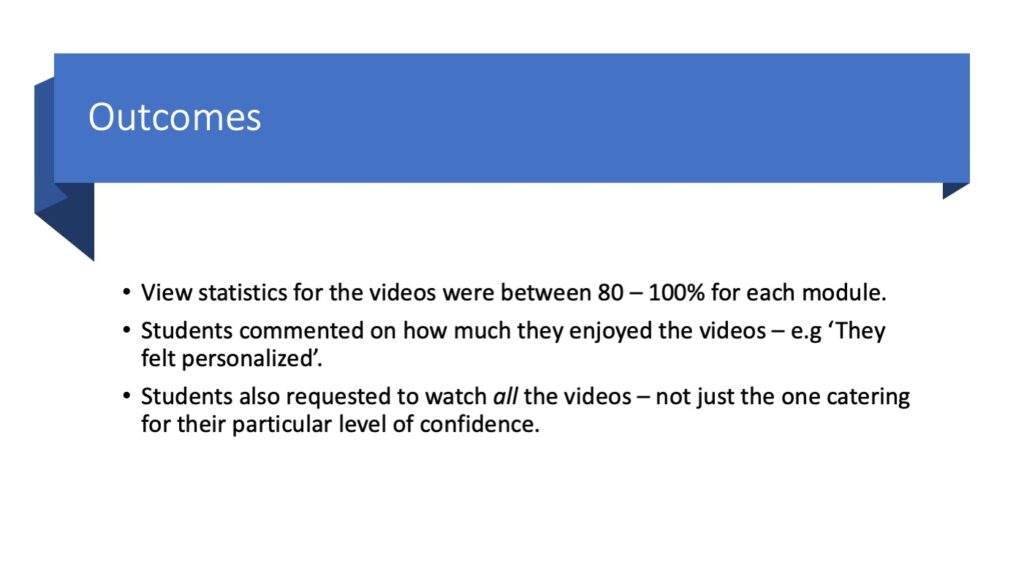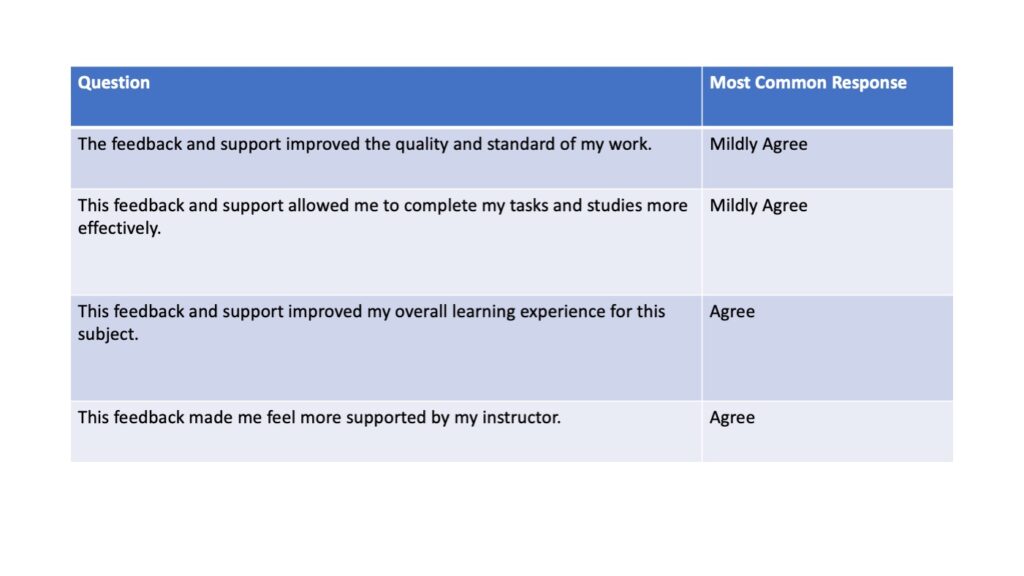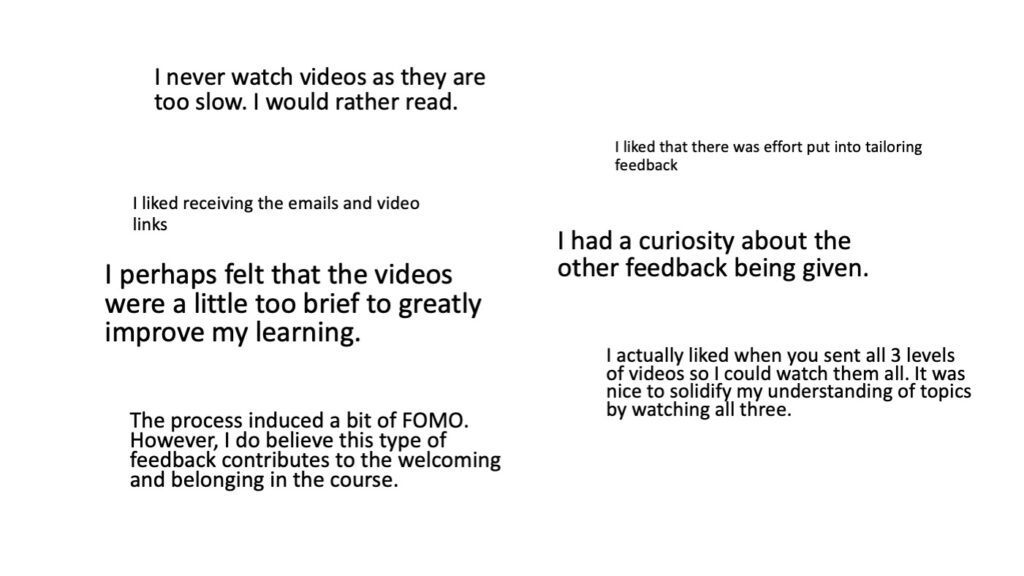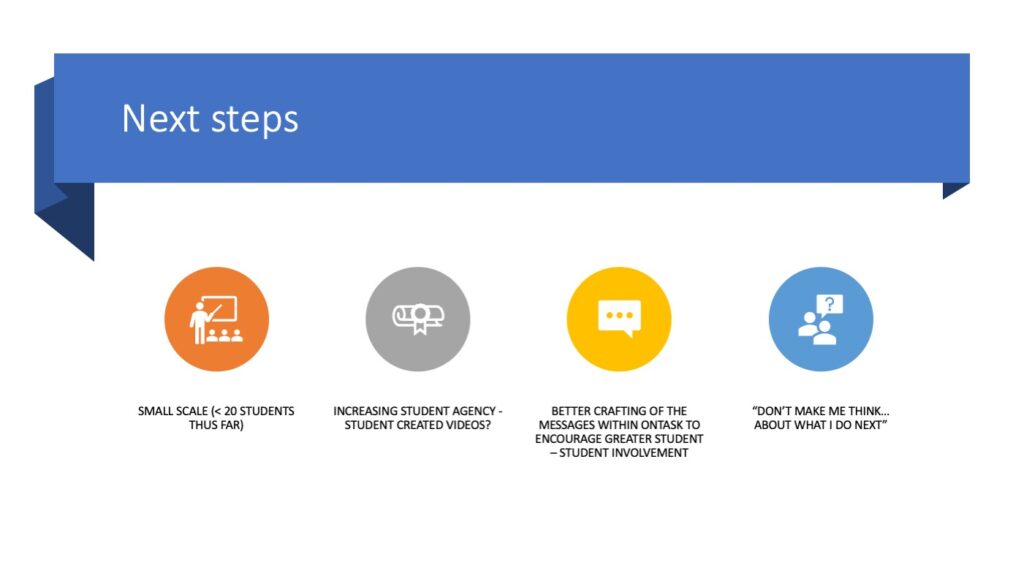1a: Understanding the constraints and benefits of different technologies
In my role as the course coordinator for the Graduate Certificate in Learning Design (GCLD), I encountered various opportunities and challenges when selecting technologies that would suit our learner cohort and program goals. One of the primary decisions was around selecting tools that provided an engaging and interactive experience without overwhelming students or requiring substantial training.
For example, when designing the GCLD, I had to balance student accessibility with the need for sophisticated learning tools. Many students enrolled in the course were working professionals, often with limited time and experience in using digital tools. I opted to use H5P and Genially, interactive content tools integrated into the university’s learning management system, Canvas. These tools allowed learners to engage with interactive quizzes, flashcards, and scenarios without the need for additional software training. While some more advanced tools provided additional features, they posed challenges in terms of accessibility, cost, and user experience, especially for students juggling work and study. Choosing H5P and Genially ensured a balance between flexibility and user-friendliness, ultimately increasing learner engagement while maintaining an accessible environment for all.
Below is an example of a Genially I use in one of my courses:
Additionally, during the pandemic, when the university moved all courses online, I implemented Zoom as the primary tool for live sessions. The challenge here was that many students had varying levels of internet access and differing comfort levels with synchronous online sessions. I supplemented Zoom live sessions with asynchronous materials using Echo360 to accommodate those who couldn’t attend due to work or personal commitments. This dual approach allowed students to engage with the material in a way that suited their circumstances, demonstrating my understanding of both the constraints and benefits of different technologies.
1b: Technical knowledge and ability in the use of learning technologies
Throughout my career, I have developed a deep technical understanding of various learning technologies and tools, applying them to enhance learning experiences and support the deployment of educational programs. I’ve put together a brief visitor-resident diagram showcasing my expertise – or lack of it – in various areas.
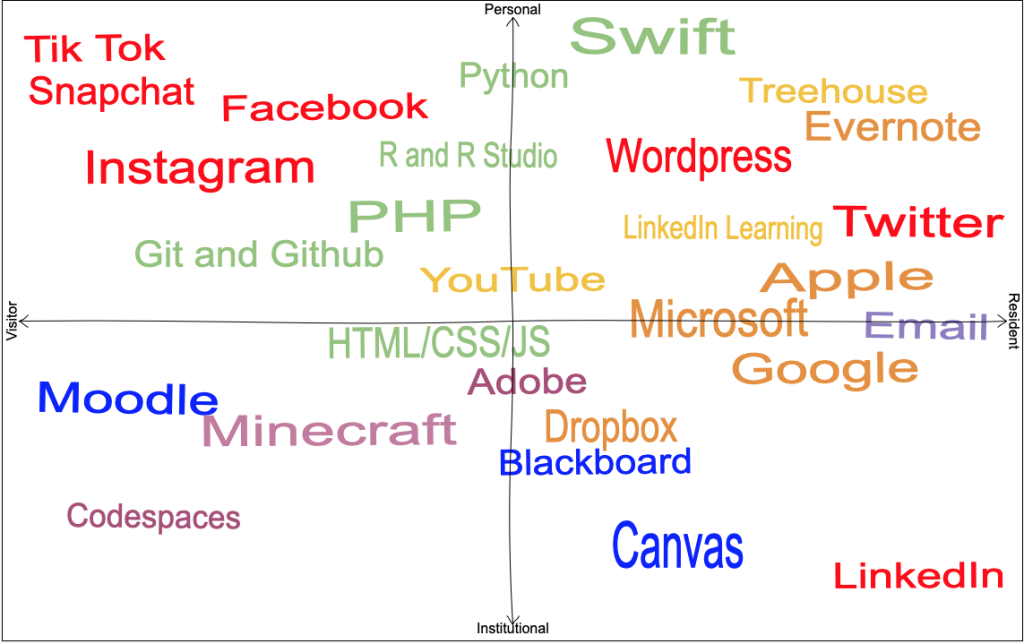
For the GCLD, I used a variety of platforms, including Canvas (for managing course content and facilitating discussions), H5P (for creating interactive content), Zoom (for live sessions), and Padlet (for collaborative, visual learning). For instance, I designed assessments where students could collaboratively build multimedia presentations using Padlet, encouraging creativity and collaboration in a virtual setting. My technical knowledge allowed me to troubleshoot any issues that arose with these tools, ensuring smooth and effective learning experiences for all participants.
Additionally, I have integrated learning analytics tools, such as the data generated by Canvas dashboards, to track student progress and identify at-risk learners. This allowed me to adapt course delivery in real-time to meet students’ needs, offering additional support where required. For example, when analytics indicated that students struggled with the asynchronous content, I organized extra live Q&A sessions to clarify key concepts. I was also able to use On-Task to provide a personalised video message to students upon completion of each module in a course. A presentation that I did on this is shown below:
I have also gained a number of different qualifications and certifications that showcase my technical knowledge and ability in the use of learning technologies. They include:
- Senior Fellow of Higher Education Association (2024)
- Fellow of the Association of Instruction and Training Design (2024)
- Adobe Creative Educator, Level 2 (2020)
- Graduate Certificate of Higher Education Teaching and Learning (2020)
- Google Certified Innovator (2011)
- Apple Distinguished Educator (2009)
I have also been interested in moving more from the ‘front-end’ of technology towards the ‘back-end’. By this, I mean that I am studying a range of topics like machine learning, learning analytics and data visualisation. I think that, as the worlds of technology and education become ever more enmeshed, educators need to develop, at the very least, basic data literacy skills, and if I am going to be teaching educators, then I should do that too. For this purpose, I’ve found the IBM Developer Skills Network to be invaluable. I’ve taken a number of introductory courses on data visualisation through this provider, and I’ve found them to be a good starting point, but there is always a massive conceptual jump between the simple examples provided in these courses and actually applying what you’ve learned in your own context. I’ve started doing some basic data visualisations based on network analysis, which I hope will inform my learning design work in the future.
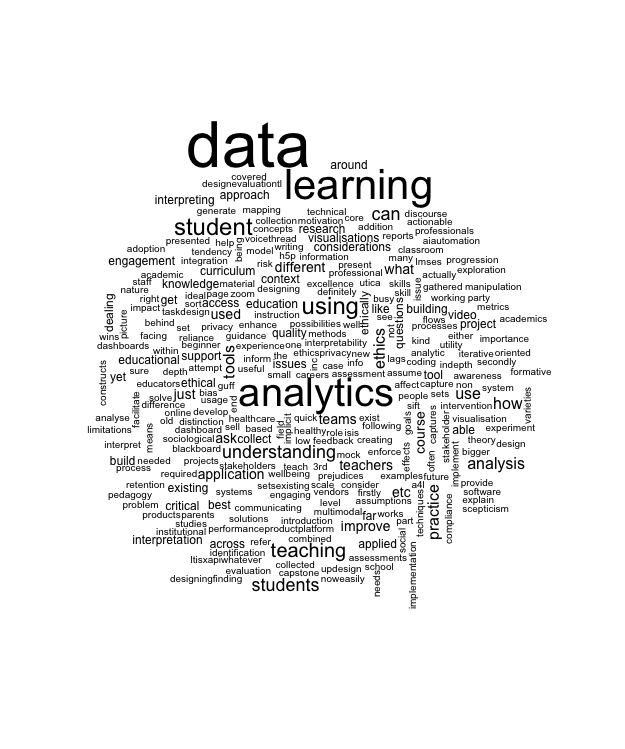
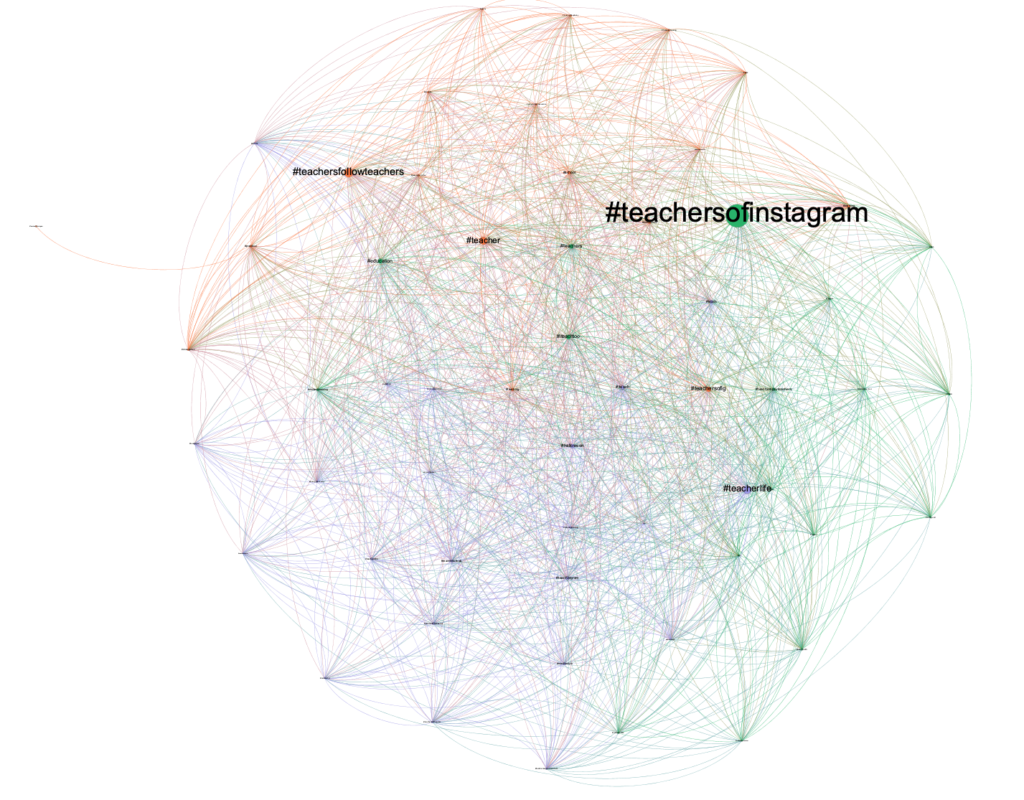
1c: Supporting the deployment of learning technologies
I have been actively involved in supporting the deployment of learning technologies, not only as part of my own courses but also by helping other educators implement digital tools into their teaching.
I have worked in 2018-2020 to support the deployment of the Canvas LMS at UTS. By doing this, I worked as an adjunct to the Institute of Media and Learning at UTS, alongside learning designers and technology specialists from the LX Team. My role was instruct academics in how they might transform the online learning environment form their previous LMS into something better suited for meeting the demands of students. As part of this, I worked with 15 academics in three workshops from the School of International Studies and Education. I also undertook two workshops with 12 academics from the Faculty of Law. Each workshop lasted three hours. In the first workshop, I introduced academics to the LMS, and then, using Laurillard’s (2013) conception of blended learning, I guided them through a process in designing their course, including considering how to build in blended and interactive learning elements. The next two workshops were made up of 1:1 assistance and guidance.
During my work on the Graduate Certificate in Learning Design, I supported colleagues in transitioning to fully online teaching during the pandemic. This included leading workshops on using Canvas and Zoom effectively, as well as designing assessment strategies that leveraged digital tools. For example, I led a training session for faculty members on how to use Turnitin for digital assessments, demonstrating how to integrate feedback directly into students’ assignments, which saved time for instructors and provided students with more immediate, actionable feedback. I also provided guidance on using On-Task, a tool that can provide semi-automated feedback to students based on the analytics from a learning management system.
I also provided one-on-one coaching to colleagues, helping them design courses that made use of interactive multimedia content via Padlet, Genially and H5P. By demonstrating how to use these tools to create engaging digital learning materials, I enabled them to enhance their course offerings and improve student satisfaction.
The main challenge that I faced related to convincing the academics to focus less on the content (what student were going to learn) and more on the student experience (what and how students learned the material). One of the best ways to do this was to make use of the ‘student view’ tool within the Canvas LMS – and ask the academics to pretend to be students in each other’s courses, and see how comfortable they felt. This empathic design meant that academics could make changes to their course design to better fit UTS’s model of teaching and learning.

